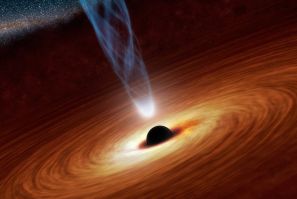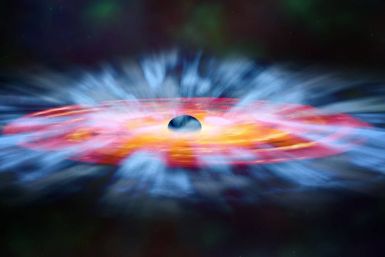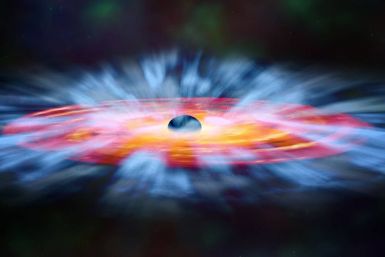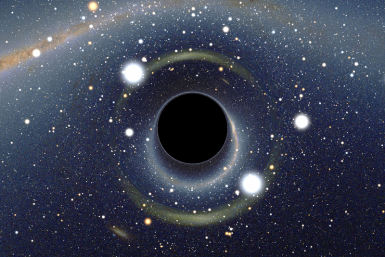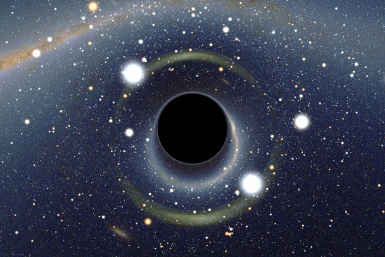Scientists have long struggled to understand what causes some galaxies to turn into graveyards where barely any stars are born. A new study offers clues.
Using data gathered by the ALMA telescope in Chile, scientists have been able to determine a black hole’s mass with an unprecedented level of precision.
NASA announced Monday that its Fermi Gamma-ray Space Telescope had detected a brief flash of high-energy X-rays, possibly coming from a gravitational wave source.
A distant "Einstein Ring" — a product of gravitational lensing — may provide scientists some much-needed clues to the nature of dark matter.
These massive objects are usually found in much larger galaxies than the elliptical galaxy NGC 1600.
ASTRO-H successfully lifted off from the Tahegashima Space Center early Wednesday.
If confirmed, the discovery would provide scientists an opportunity to test the theory that supermassive black holes evolve from these lower-mass seeds.
The findings, published in the Astrophysical Journal, could yield new insights into the development of black holes and their behavior.
The team behind the experiment have yet to comment on the rumors.
Stephen Hawking and his colleagues offer a new answer to the question of what happens to information sucked in by black holes.
These are likely black holes or neutron stars feeding off their dead companions.
One of the black holes in the galaxy SDSS J1126+2944 is significantly smaller than the other and apparently “naked,” or starved of stars.
The behavior of a supermassive black hole could affect the evolution and formation of a galaxy.
For the first time ever, scientists have witnessed the rare event, which occurs when a star falls into a black hole’s gravitational well.
This has nothing to do with actual hair.
Approximately 100,000 years from now -- a blink of an eye in the cosmic scale -- two supermassive black holes in the Virgo constellation will collide and merge.
During a lecture Tuesday, the famed British cosmologist put forward a new idea to resolve a long-standing conundrum -- the black hole "information paradox."
The black hole, located at the heart of the dwarf galaxy RGG 118, could help scientists understand how supermassive black holes form.
New observations made using NASA's Hubble telescope have revealed a self-regulating mechanism that controls the rate of star formation in massive galaxies.
The size of a black hole traditionally coincides with its host galaxy.
The supermassive black holes discovered by the team were much brighter and more active than previously thought.
V404 Cygni is a black hole located 8,000 light-years from Earth.








